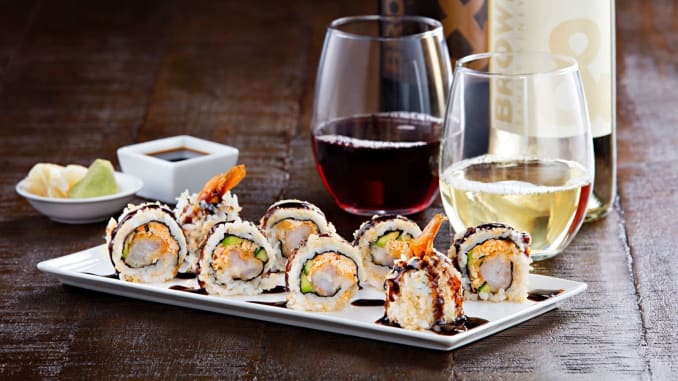
With such robust flavors in every dish, we certainly need to take a revisit on the old adage of wine pairing, which is to pair “white wine with white meat, and red wine with meat”. Trust me, that would turn out a disaster as the flavors will rob the wines of their fruity character and remind you of that nasty bitter medicine that you took when you were ill.
If you are looking at elevating your Asian food game, here are some DOs and DON’Ts when pairing it with wine (and the occasional sauces).
DO NOT CHAR CHAR WITH THE CHARDONNAY
Most new world Chardonnays are oaky and toasty to begin with and this tends to clash with the Chinese, Thai and Indian food palate that are full of spices and herbs.
Its rich and mild flavor require something that is creamy and simply prepared meals like your shellfish or baked fish with butter and herbs.
ACIDITY IS YOUR BEST FRIEND
Wines that are high in acid and a clean finish leaves a refreshing vibrancy. That is a great counterpoint to strong flavors. A good dish of choice would be spicy based dishes. The burst of sweetness, heat and fragrance would pair well with something clean to enhance that sensation. This was how Thailand’s Monsoon Valley Blended Rosé 2014 stole the show at Hong Kong’s 2016 Asian food pairing for its spectacular pairing with the tod man pla. As mentioned by the judge, “the wine’s stone fruit and red fruit aromas exploded when tasted with the fishcake”. With that, a Sauvignon Blanc or Rosé sparkling are your choice of companion.
LOW TANNIN RED WINES TOO!
Still thinking of pairing that roast duck with red wine? Well you can! The sweetness and char in barbecued dishes require for something bolder in taste to complement the meal. Gamay and Pinot Noirs are light bodied red wines and they do just the trick with barbequed pork ribs, char siew, roasted duck… You know the drill. Just be wary of turning up the tannin factor as your wine will end up competing with the bold flavors of your meal. Tannic wines like Merlot or Cabernet Sauvignon are great with fatty meats, but it will end up tasting bitter and lean if the meat is drenched with sweet sauces (as with most Asian food).
If you insist on having a full-bodied red, you are in luck. Some heavier meals like abalone risotto needs a more complex and textured wine to give some weight and spice to a dish without the harsh tannin. This sounds oddly counter intuitive, but there is such a grape! A pinotage is a South African grape that tastes like a shiraz but related to pinot noir. To play down the tannin factor, winemakers will ferment the wine really fast and hot, and finish off the fermentation process without the skins (which is rich in tannin).
THERE IS AROMA-GIC IN THE AIR
You heard that right! Aromatic wines with pronounced fruit flavors go hand in hand with aromatic dishes. Rieslings and Torrentés have bright zingy flavors that play out as a versatile wine in the kingdom of Asian food. Dry-off Rieslings also have a little sweetness which helps to temper off the heat. Try Aussie Riesling with meals that pack a ton of herbs/spices, for example your pad thai or Cantonese steamed fish dishes.
This is our guide book for Chinese New Year. So go forth and impress your relatives with Asian food and wine pairing! Drown them with both wine and knowledge before they can ask 'when you're getting married ah?'
Think you nailed this down? You can look up our other guides here!




















































